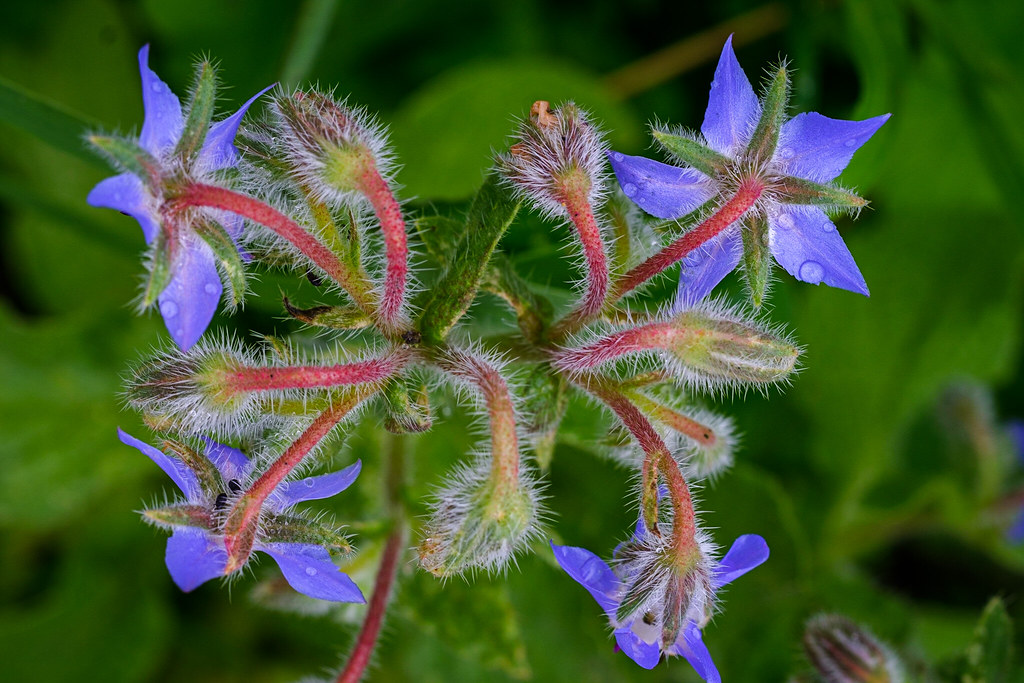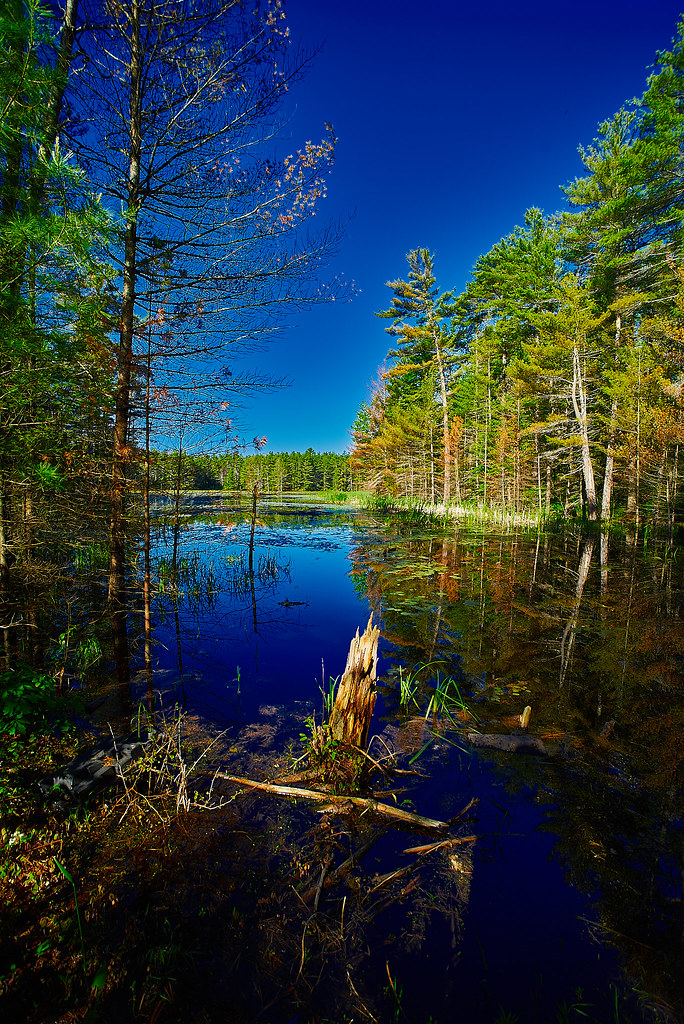Yeah, I'm bad for chasing the dragon. Legendarily bad in fact as I've been doing a constant round robin between Nikon, Sony, m43 and Fuji for over 15 years now since I got my G1 back in January 2009.
What is Chasing the Dragon though? It's when following 'the grass is greener on the other side' to the logical extreme. At one point I made 3 total system switches in a 1 year period. That's crazypants, but it's also a legacy of my unwillingness to accept that I both have bad Gear Acquisition Syndrome (GAS) and the perfect camera for me doesn't yet exist, nor does the perfect lens lineup.
Over the last few years I've been actively trying to stop and settle on one system. I almost achieved it with Canon, as I stuck with that system for 18 months (a recent record) and honestly only switched back to Nikon because I was unhappy with the adaptation experience for manual lenses on Canon, I was otherwise pretty happy with Canon (the bracketing UI aside).
The other problem is that I just don't deal well with having 2 systems. Or more correctly, I want to have 1 system/2 bodies in the field ideally when I'm shooting landscape/nature. Ideally with shared batteries (I rarely swap cards in practice so while I used to select for that, it's no longer a requirement so long as I have enough 128GB cards so every body has its own card(s). )
The problem is that right now my sole body is a high mileage body I bought cheap specifically as a body to use with my old manual lenses. I like the body, but it doesn't meet my video needs without me buying several additional accessories to rig it out (external display for starters) and I'm always cognizant that a camera with 316k shots on it may die on me. Plus I'd like some more performance for bugging/wildlife/aviation.
So what are my options?
I've really settled on 4 possibilities, and I'm about ready to narrow that to three. The plan really is to have 2 options when I'm ready to go to the local pusher.
The first is to do the obvious, stick with the Z7 and just buy a bunch of interesting glass. The downside here is just the usual Nikon issue, the lenses are big & heavy unless I buy some of the few DX lenses, and those are very consumer. But I do have the option to get a bunch of lenses I'd always wanted. I also have the concern that my Z7 will die at a point where I can't just buy another body, but the flip side of that is that most of my lenses will work on DSLR's and a D610 or D800 is stupid cheap, so it's unlikely I'd be out a body more than briefly even if it died at an inopportune time.
The second is to go Fuji. Keep the Z7 and use it primarily with my collection of manual focus FF lenses, even slowly adding to that collection, but the main system becomes Fuji. The biggest advantage here is that Fuji does have both compact offerings and all but 2 of their lenses are under $3k CAD, with the majority being under $1300 or so. Plus there's a wide variety of small lenses in the system, which is very nice. Biggest downsides here are processing X-Trans files (which I still don't love, but I can readily get good results from) and the pretty mixed selection of lenses in terms of rendering styles and resolution. The bodies available cover all my use needs, the X-Hx for fast PASM with good long-lens handling, the X-T series for retro/everyday use and the X-M5 as a small EDC/Webcam body. Fuji also gives access to the ridiculous number of cheap & interesting APS-C manual primes (and AF primes too),
The third is to add the Zf and a couple zooms, which is in many ways the Nikon body I always wanted. But here the big issue comes down to the Nikon lenses not being well optimized for that body. Specifically the lack of aperture rings, as well as control dials on the handful of smaller lenses in the system. 3rd Party lenses do make up somewhat for that (both size & handling) but the best lineup of 3rd party lenses for the Zf isn't available in Z mount, so you need a MegaDAP adapter to use them (that's the Sigma 'i' series primes). Plus the Zf simply doesn't have as well sorted a UI as the X-T5. The other issue here is the Zf is best suited to the use I bought the Z7 for, old manual lenses, and I kinda want to keep the Z7 focused on those uses. There's a half-step option here of getting the Z50II instead of the Zf, and focusing on APS-C for most uses. The Z7 is a solid APS-C body to cover the Z50II's weak spots (and vice versa for the most part). This would be better if I could expect a higher-end APS-C body from Nikon.
The fourth option is basically option 2, but Panasonic L mount. With the new S1RII arriving tomorrow with very aggressive pricing this looks even better than the third option for full frame for long term usage, with a wide variety of interesting glass existing in L mount, but we're still talking a large system, even if it's smaller than the All-Nikon Z setup. Could go S9 for a tiny body here, or S5II for all singing/all dancing with the view of adding the S1RII in the future as a resolution body to address the Z7's eventual demise. Lots of reasonably priced glass in the system, and some compact & excellent zooms as well.
Now the reality is that I don't need better IQ than crop can deliver, and Fuji offers me a more compact option than Panasonic. Nikon just doesn't offer a compact/high performance option (only the Z50II which lacks IBIS and a good EVF, both items I'm sensitive to).
What I really wish I could do is spend a week with an S5II, 20-60, 35/1.8 and Sigma 100-400, and a Week with the X-T5, 16-50 f2.8-4, 23/2 and Sigma 100-400 and see which I get along with better.
Regardless of what path I choose, I will continue to use the Z7 and add interesting primes to my system. I'll probably add 2-3 zooms as well eventually, likely F mount lenses I get for good prices.



















